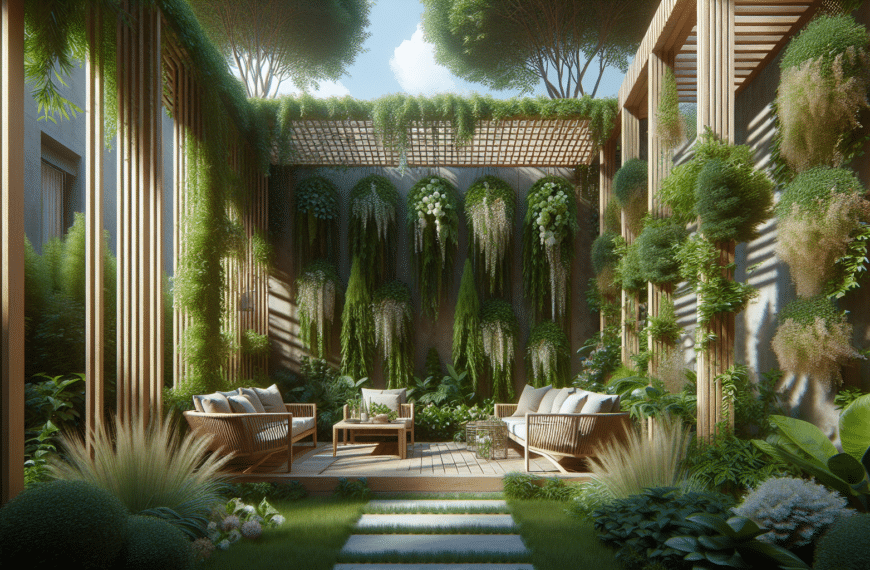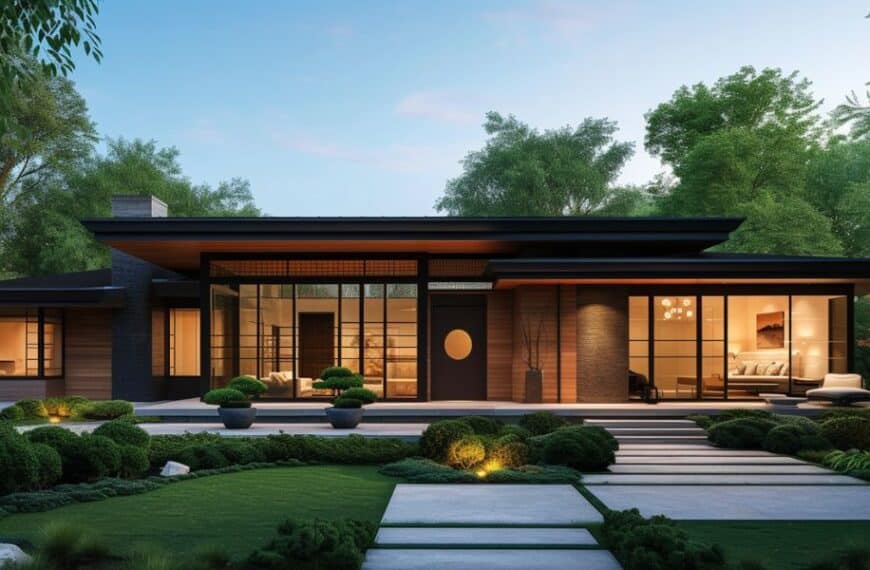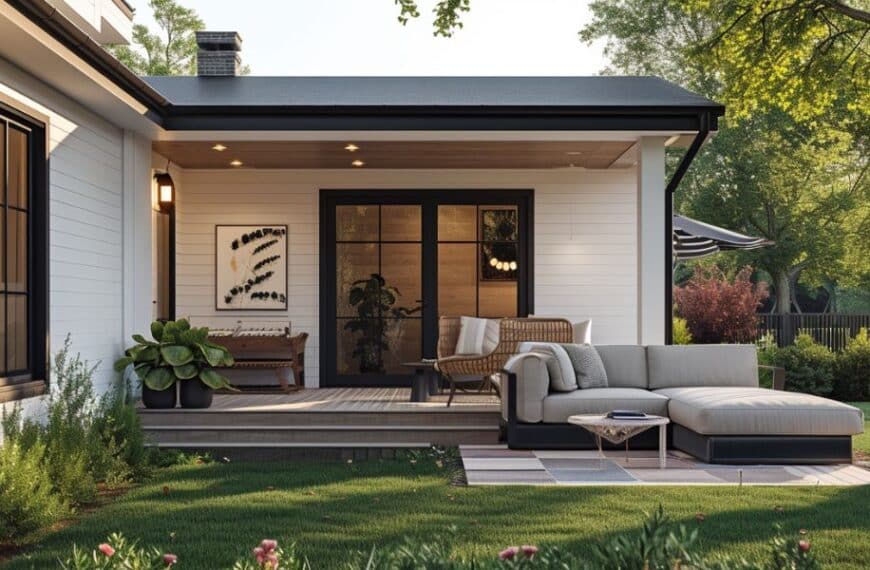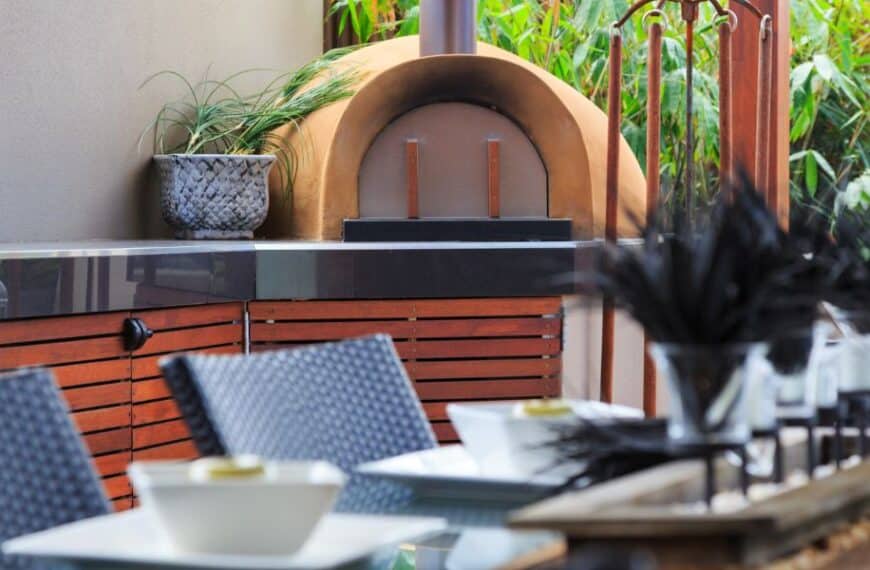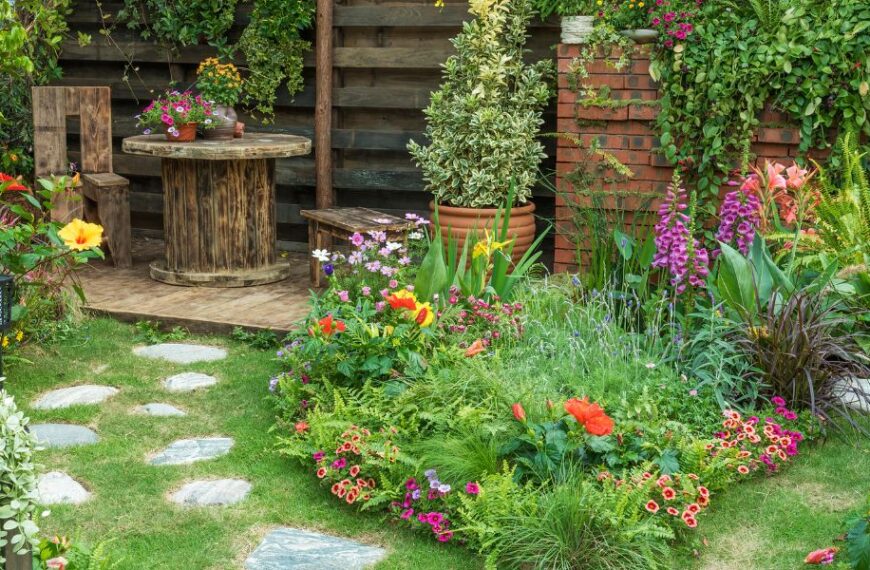Content
To make the most of your conservatory throughout the colder months, it’s essential to find effective ways to keep it warm. In this article, we will explore various heating methods and techniques that can help you achieve a comfortable temperature in your conservatory during winter.
Finding the right heat source
Selecting the appropriate heat source is a crucial step in ensuring the comfort of your conservatory during winter. Some popular options include:
- Radiators: Traditional radiators are an energy-efficient option for heating smaller conservatories. They function by circulating heated water through metal pipes, emitting warmth into the room.
- Portable heaters: Perfect for quick heating solutions, portable heaters offer flexibility as they can be easily moved around the conservatory depending on your needs. Electric or gas-fueled versions are available.
- Underfloor heating: Installing underfloor heating not only provides consistent warmth across the entire conservatory floor but also helps promote better insulation. Be aware, though, that installing this heating method may require additional construction and higher costs.
Evaluating your insulation
Inadequate insulation can significantly inhibit your conservatory’s ability to retain heat, resulting in increased heating bills and a less-than-cozy environment. Evaluate your insulation by examining the following areas:
- The roof: The materials used in constructing your conservatory’s roof play a critical role in its insulation efficiency. Polycarbonate roofs tend to have less insulating capability than glass roofs. Enhance the insulation of a polycarbonate roof by placing additional layers on top.
- Glazing: Double glazing is ideal for conservatories due to its enhanced insulating properties, compared to single glazing. Consider upgrading your windows if they currently feature single-glazed panes.
- The floor: Improve the warmth of your conservatory by adding a layer of insulation beneath carpeting or wooden flooring.
Optimizing your heating system
Using an efficient heating system can help maintain a comfortable temperature in your conservatory while keeping energy costs low during winter. Here are some ways to optimize your current heating system:
- Maintain and clean your radiators: Regularly cleaning dust from radiators can improve their performance and efficiency. Additionally, ensuring that your radiator valves are functioning properly will allow you to control the temperature with ease.
- Invest in an automatic thermostat: Installing an automatic thermostat can help regulate your conservatory’s temperature without any ongoing manual intervention, providing consistent warmth when needed most.
- Optimize heater placement: Ensuring adequate spacing between heaters and furniture can improve heat distribution throughout the room. Keep portable heaters away from drafty areas and ensure wall-mounted units are installed at the correct height.
Blocking drafts and cold air infiltration
To maintain a comfortable indoor climate, it’s crucial to address drafts and potential avenues for cold air infiltration. Some simple solutions include:
- Weatherstripping: Installing weatherstripping around windows and doors can effectively seal gaps, preventing drafts and cold air from entering the conservatory.
- Seal window gaps: If you notice gaps in your window panes, consider applying silicone sealant or caulking to fill these spaces and improve insulation.
- Door draft stoppers: Placing draft stoppers at the base of exterior doors can minimize the amount of cold air that enters your conservatory while in use.
Voir cette publication sur Instagram
Utilizing blinds and curtains
Implementing blinds or curtains in your conservatory not only enhances privacy but also contributes to maintaining a warm environment during winter. Some helpful suggestions include:
- Insulated blinds or curtains: Opt for thermal-lined blinds or curtains made from insulating materials that help retain heat within the conservatory space.
- Be strategic when opening and closing them: Keep blinds or curtains closed during the evening to keep drafts out while maximizing daytime sun exposure by keeping them open.
- Use light colors: Lighter-colored blinds or curtains can reflect sunlight, thereby increasing natural warmth during daylight hours.
Effective accessorizing tips
Interior design elements not only provide aesthetic appeal but can also make a significant difference in your conservatory’s overall warmth. Incorporate accessories such as:
- Rugs and carpets: Adding rugs and carpets to cover the floor surface can provide additional insulation and contribute to a cozier ambience.
- Throws and blankets: Drape soft throws and blankets over furniture pieces to enhance their warmth and comfort during use.
- Warm-toned lighting: Incorporating warm-toned lighting can create a more inviting atmosphere and optically contribute to the feeling of warmth in the space.
In conclusion, effectively heating your conservatory during winter is achievable through a combination of appropriate heat sources, adequate insulation, optimized heating systems, and strategic interior design elements. Keeping these methods in mind will allow you to comfortably enjoy your conservatory throughout the colder months, making it an invaluable and functional extension of your home all year round.


